Hi.
I found some mod US modern ammunition are painted in "Not Live" --- but "only for training" styles.
Air Force bases often display training ammunition in their open festival. So many taken photos found on web (and sometimes published books) of displayed missiles / bombs are training ammunition .... not Live ammunition used in actual war.
About US Air Force and Navy / Marine Corps, Yellow line means Live Explosive, Brown line means Live rocket motor.
Blue line or fully painted in blue means training. Some of them are completely dummy only for ground crew operation training. Others have a working seeker or fuze sending electronic signals to carrier's FCS for pilot training.
Mk82 bomb with yellow lines (Live):
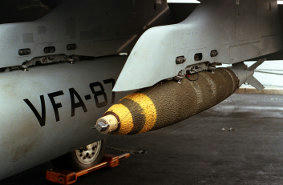
Mk82 bomb with a blue line and another painted in blue (training):
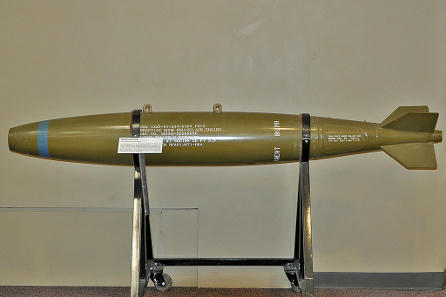
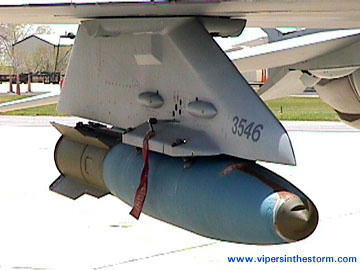
AIM-120 missile with yellow and brown lines (Live):
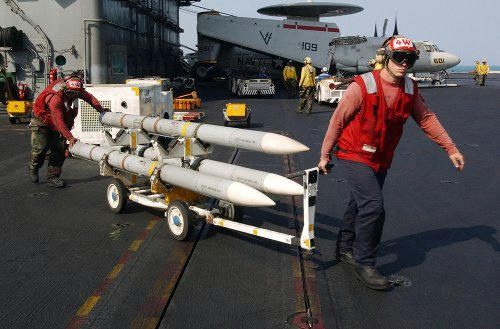
AIM-120 missile with blue lines (training):
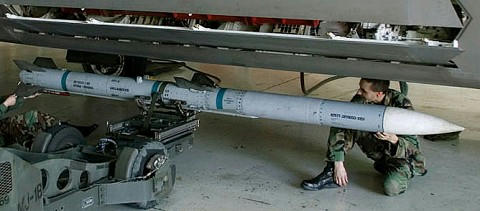
When the bomb or missile are painted in checker flag patterns with black and white / yellow and red, they mean trials in developing. Those paints make easy to check flight status in visuals.
Or some flight recorders are also painted in checker patterns.
JASDF ASM-2 (Type93 Air-to-Ship missile) painted in red - yellow checker:
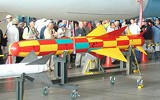
In the other side, when the web site shows correct designation code as a caption of the photo, it may help you to decide the photo shows training ammunition or live one.
US uses "X-" prefix for Prototype, "Y-" prefix for Training.
So "YAIM-120A" means AIM-120A's training version. You can decide the photo doesn't show Live missile style.
~~~~~ ~~~~~ ~~~~~
Local exceptions.
JASDF paints their Live ASM-2 in blue as ocean camouflage.
JASDF ASM-2 (probably Live) painted in ocean blue camo:
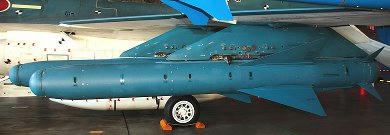
Its carrier jet F-2 's pylons are painted in the same color.
Whole of F-2 is also painted in ocean blue camo:
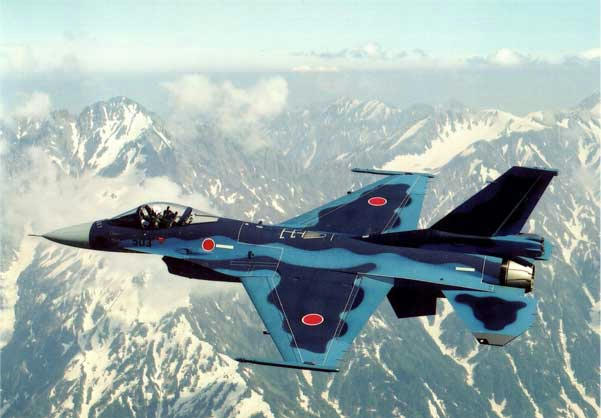
Swedish Air Force often paint their AAMs (AIM-4 and AIM-9 variants) and unguided rockets, bombs in green.
I don't know they are only display models or live ammunition as forest camouflage.
Rb 28 AAM (AIM-4C variants):
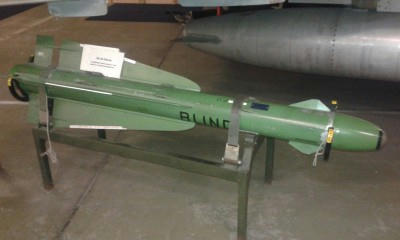
SAAB J-37 Viggen and green bombs / rockets / missiles:
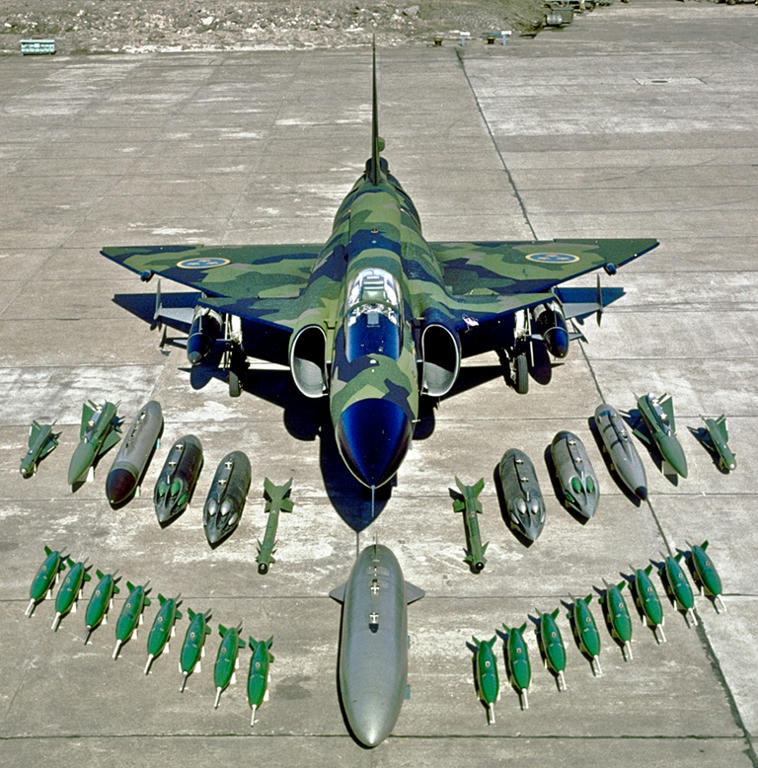
~~~~~ ~~~~~ ~~~~~
Some buggy textures I found are fixed in my latest Weapon pack Generation2016-ii.
When you'll find another bug texture in my pack, tell me. I can fix it in the next update.
 Author
Topic: US modern ammunition paint rules, to avoid buggy textures (Read 6450 times)
Author
Topic: US modern ammunition paint rules, to avoid buggy textures (Read 6450 times)


